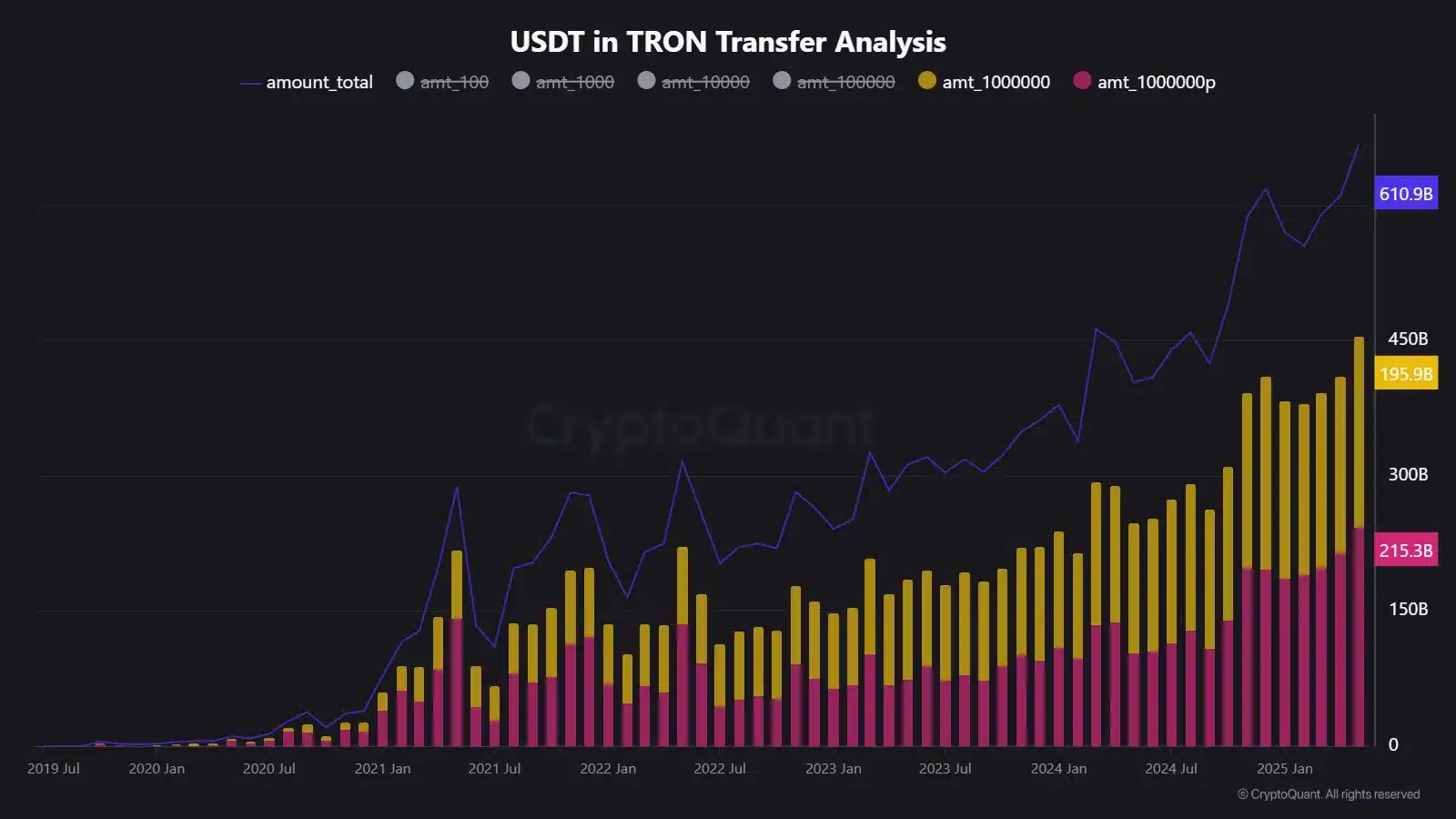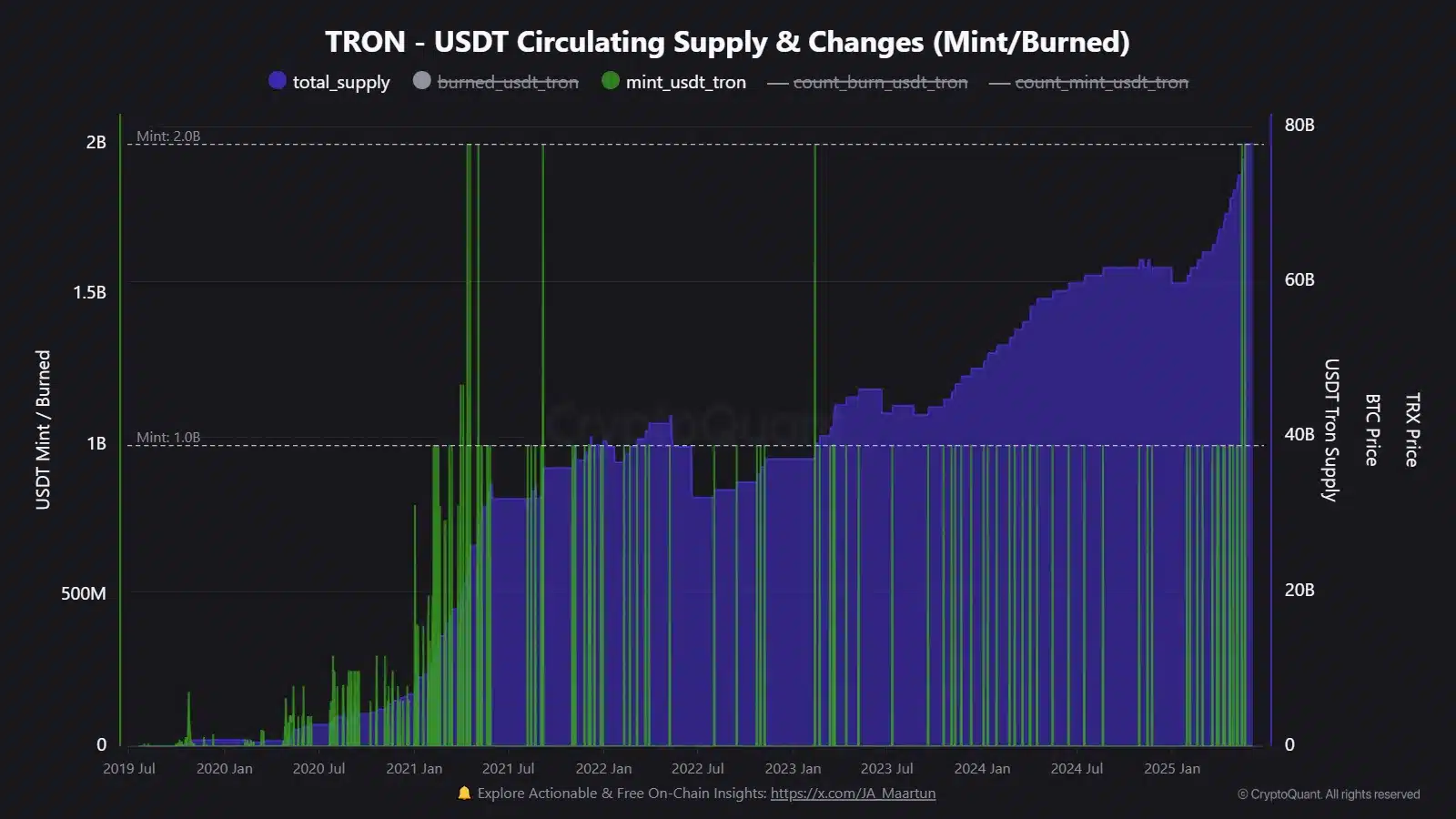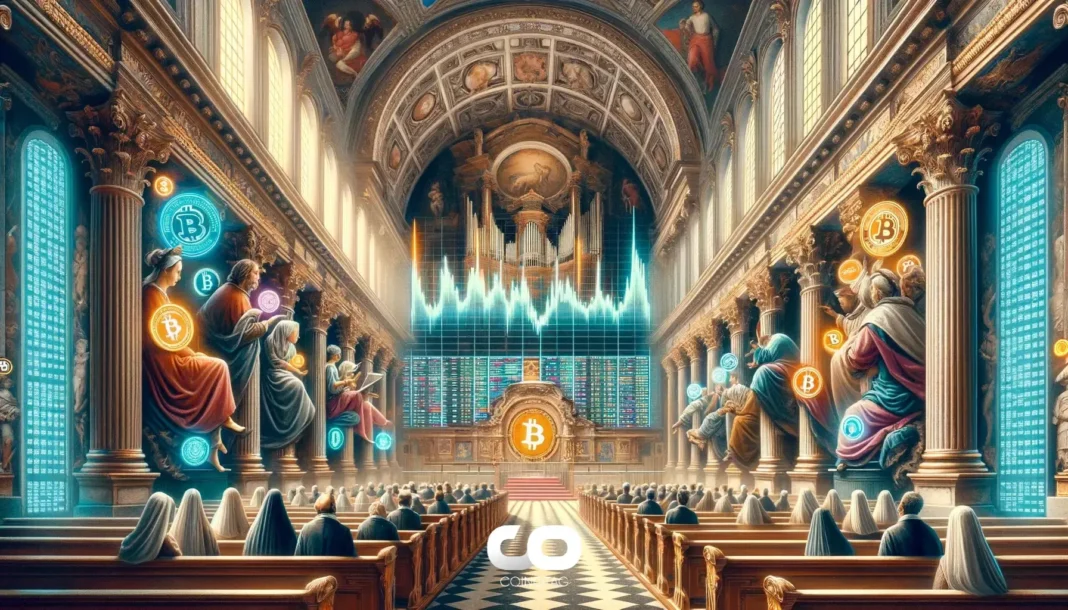| COINOTAG recommends • Exchange signup |
| 💹 Trade with pro tools |
| Fast execution, robust charts, clean risk controls. |
| 👉 Open account → |
| COINOTAG recommends • Exchange signup |
| 🚀 Smooth orders, clear control |
| Advanced order types and market depth in one view. |
| 👉 Create account → |
| COINOTAG recommends • Exchange signup |
| 📈 Clarity in volatile markets |
| Plan entries & exits, manage positions with discipline. |
| 👉 Sign up → |
| COINOTAG recommends • Exchange signup |
| ⚡ Speed, depth, reliability |
| Execute confidently when timing matters. |
| 👉 Open account → |
| COINOTAG recommends • Exchange signup |
| 🧭 A focused workflow for traders |
| Alerts, watchlists, and a repeatable process. |
| 👉 Get started → |
| COINOTAG recommends • Exchange signup |
| ✅ Data‑driven decisions |
| Focus on process—not noise. |
| 👉 Sign up → |
-
Bank of America is rapidly advancing its plans to launch a USD-backed stablecoin, signaling a significant shift in traditional finance’s approach to digital assets.
-
Meanwhile, TRON blockchain continues to dominate USDT stablecoin transfers, processing an unprecedented $691 billion in a single month, primarily driven by large whale transactions.
-
According to COINOTAG sources, Bank of America CEO Brian Moynihan emphasized the bank’s commitment to navigating regulatory challenges to integrate blockchain technology effectively.
Bank of America accelerates its USD stablecoin launch as TRON leads with $691B in USDT transfers, highlighting growing competition between traditional finance and blockchain networks.
Bank of America’s Stablecoin Initiative Marks a New Chapter in TradFi Blockchain Integration
Bank of America’s decision to fast-track the development of a U.S. dollar-backed stablecoin represents a pivotal moment for legacy financial institutions embracing blockchain technology. Historically cautious about digital assets, the banking giant is now positioning blockchain as a strategic priority to enhance transaction speed and maintain competitiveness in a rapidly evolving financial landscape. This move underscores the increasing urgency among traditional banks to innovate amidst mounting pressure from fintech disruptors and crypto-native platforms.
At a recent Morgan Stanley conference, CEO Brian Moynihan highlighted the regulatory uncertainties that previously hindered progress but affirmed that clearer guidelines are enabling the bank to move forward. This evolving regulatory clarity is vital for institutional adoption, as it mitigates compliance risks while unlocking new operational efficiencies. Bank of America’s stablecoin project is expected to leverage blockchain’s inherent transparency and settlement speed, potentially reshaping how large-scale financial transactions are conducted.
TRON’s Unmatched Dominance in USDT Transfers Reflects Whale Activity and Network Efficiency
While Bank of America prepares its stablecoin entry, TRON continues to solidify its position as the leading blockchain for USDT transactions. In May alone, TRON processed over $691 billion in USDT transfers, with whale transactions—those exceeding $1 million—accounting for $411 billion of this volume. This data, sourced from CryptoQuant, highlights TRON’s appeal to high-net-worth individuals and institutional actors seeking efficient, cost-effective stablecoin transfers.
| COINOTAG recommends • Professional traders group |
| 💎 Join a professional trading community |
| Work with senior traders, research‑backed setups, and risk‑first frameworks. |
| 👉 Join the group → |
| COINOTAG recommends • Professional traders group |
| 📊 Transparent performance, real process |
| Spot strategies with documented months of triple‑digit runs during strong trends; futures plans use defined R:R and sizing. |
| 👉 Get access → |
| COINOTAG recommends • Professional traders group |
| 🧭 Research → Plan → Execute |
| Daily levels, watchlists, and post‑trade reviews to build consistency. |
| 👉 Join now → |
| COINOTAG recommends • Professional traders group |
| 🛡️ Risk comes first |
| Sizing methods, invalidation rules, and R‑multiples baked into every plan. |
| 👉 Start today → |
| COINOTAG recommends • Professional traders group |
| 🧠 Learn the “why” behind each trade |
| Live breakdowns, playbooks, and framework‑first education. |
| 👉 Join the group → |
| COINOTAG recommends • Professional traders group |
| 🚀 Insider • APEX • INNER CIRCLE |
| Choose the depth you need—tools, coaching, and member rooms. |
| 👉 Explore tiers → |

Source: CryptoQuant
| COINOTAG recommends • Exchange signup |
| 📈 Clear interface, precise orders |
| Sharp entries & exits with actionable alerts. |
| 👉 Create free account → |
| COINOTAG recommends • Exchange signup |
| 🧠 Smarter tools. Better decisions. |
| Depth analytics and risk features in one view. |
| 👉 Sign up → |
| COINOTAG recommends • Exchange signup |
| 🎯 Take control of entries & exits |
| Set alerts, define stops, execute consistently. |
| 👉 Open account → |
| COINOTAG recommends • Exchange signup |
| 🛠️ From idea to execution |
| Turn setups into plans with practical order types. |
| 👉 Join now → |
| COINOTAG recommends • Exchange signup |
| 📋 Trade your plan |
| Watchlists and routing that support focus. |
| 👉 Get started → |
| COINOTAG recommends • Exchange signup |
| 📊 Precision without the noise |
| Data‑first workflows for active traders. |
| 👉 Sign up → |
With 17 separate $1 billion-plus USDT mint events already recorded in 2025, TRON’s network activity underscores its scalability and reliability for large-scale stablecoin operations. The blockchain’s cumulative 10.5 billion transactions further attest to its widespread adoption among crypto whales who prioritize speed and low fees when transferring substantial sums.

| COINOTAG recommends • Traders club |
| ⚡ Futures with discipline |
| Defined R:R, pre‑set invalidation, execution checklists. |
| 👉 Join the club → |
| COINOTAG recommends • Traders club |
| 🎯 Spot strategies that compound |
| Momentum & accumulation frameworks managed with clear risk. |
| 👉 Get access → |
| COINOTAG recommends • Traders club |
| 🏛️ APEX tier for serious traders |
| Deep dives, analyst Q&A, and accountability sprints. |
| 👉 Explore APEX → |
| COINOTAG recommends • Traders club |
| 📈 Real‑time market structure |
| Key levels, liquidity zones, and actionable context. |
| 👉 Join now → |
| COINOTAG recommends • Traders club |
| 🔔 Smart alerts, not noise |
| Context‑rich notifications tied to plans and risk—never hype. |
| 👉 Get access → |
| COINOTAG recommends • Traders club |
| 🤝 Peer review & coaching |
| Hands‑on feedback that sharpens execution and risk control. |
| 👉 Join the club → |
Source: CryptoQuant
Global Implications of Stablecoin Expansion on Finance and Monetary Policy
The rapid growth of stablecoins, particularly USDT on TRON, is reshaping global financial dynamics and monetary policy considerations. In emerging economies, dollar-pegged stablecoins are increasingly used for remittances and as a hedge against local currency volatility, effectively extending the reach of the U.S. dollar beyond traditional borders. This trend poses both opportunities and challenges for regulators and central banks worldwide.
U.S. lawmakers have intensified scrutiny of stablecoins amid concerns about their systemic risks, especially regarding their impact on Treasury markets and overall financial stability. Congressional hearings in early June highlighted the urgent need for clear regulatory frameworks to govern stablecoin issuance and usage. Concurrently, central banks globally are accelerating their exploration of Central Bank Digital Currencies (CBDCs), signaling a broader shift towards digital monetary systems.
Conclusion
Bank of America’s accelerated stablecoin development and TRON’s record-breaking USDT transfer volumes illustrate a transformative phase in the intersection of traditional finance and blockchain technology. As legacy institutions embrace digital assets and blockchain-native networks continue to expand, the stablecoin landscape is becoming a critical battleground for innovation and regulatory clarity. Stakeholders should closely monitor these developments, as they will significantly influence the future of global payments and monetary policy.
| COINOTAG recommends • Exchange signup |
| 📈 Clear control for futures |
| Sizing, stops, and scenario planning tools. |
| 👉 Open futures account → |
| COINOTAG recommends • Exchange signup |
| 🧩 Structure your futures trades |
| Define entries & exits with advanced orders. |
| 👉 Sign up → |
| COINOTAG recommends • Exchange signup |
| 🛡️ Control volatility |
| Automate alerts and manage positions with discipline. |
| 👉 Get started → |
| COINOTAG recommends • Exchange signup |
| ⚙️ Execution you can rely on |
| Fast routing and meaningful depth insights. |
| 👉 Create account → |
| COINOTAG recommends • Exchange signup |
| 📒 Plan. Execute. Review. |
| Frameworks for consistent decision‑making. |
| 👉 Join now → |
| COINOTAG recommends • Exchange signup |
| 🧩 Choose clarity over complexity |
| Actionable, pro‑grade tools—no fluff. |
| 👉 Open account → |
| COINOTAG recommends • Members‑only research |
| 📌 Curated setups, clearly explained |
| Entry, invalidation, targets, and R:R defined before execution. |
| 👉 Get access → |
| COINOTAG recommends • Members‑only research |
| 🧠 Data‑led decision making |
| Technical + flow + context synthesized into actionable plans. |
| 👉 Join now → |
| COINOTAG recommends • Members‑only research |
| 🧱 Consistency over hype |
| Repeatable rules, realistic expectations, and a calmer mindset. |
| 👉 Get access → |
| COINOTAG recommends • Members‑only research |
| 🕒 Patience is an edge |
| Wait for confirmation and manage risk with checklists. |
| 👉 Join now → |
| COINOTAG recommends • Members‑only research |
| 💼 Professional mentorship |
| Guidance from seasoned traders and structured feedback loops. |
| 👉 Get access → |
| COINOTAG recommends • Members‑only research |
| 🧮 Track • Review • Improve |
| Documented PnL tracking and post‑mortems to accelerate learning. |
| 👉 Join now → |








